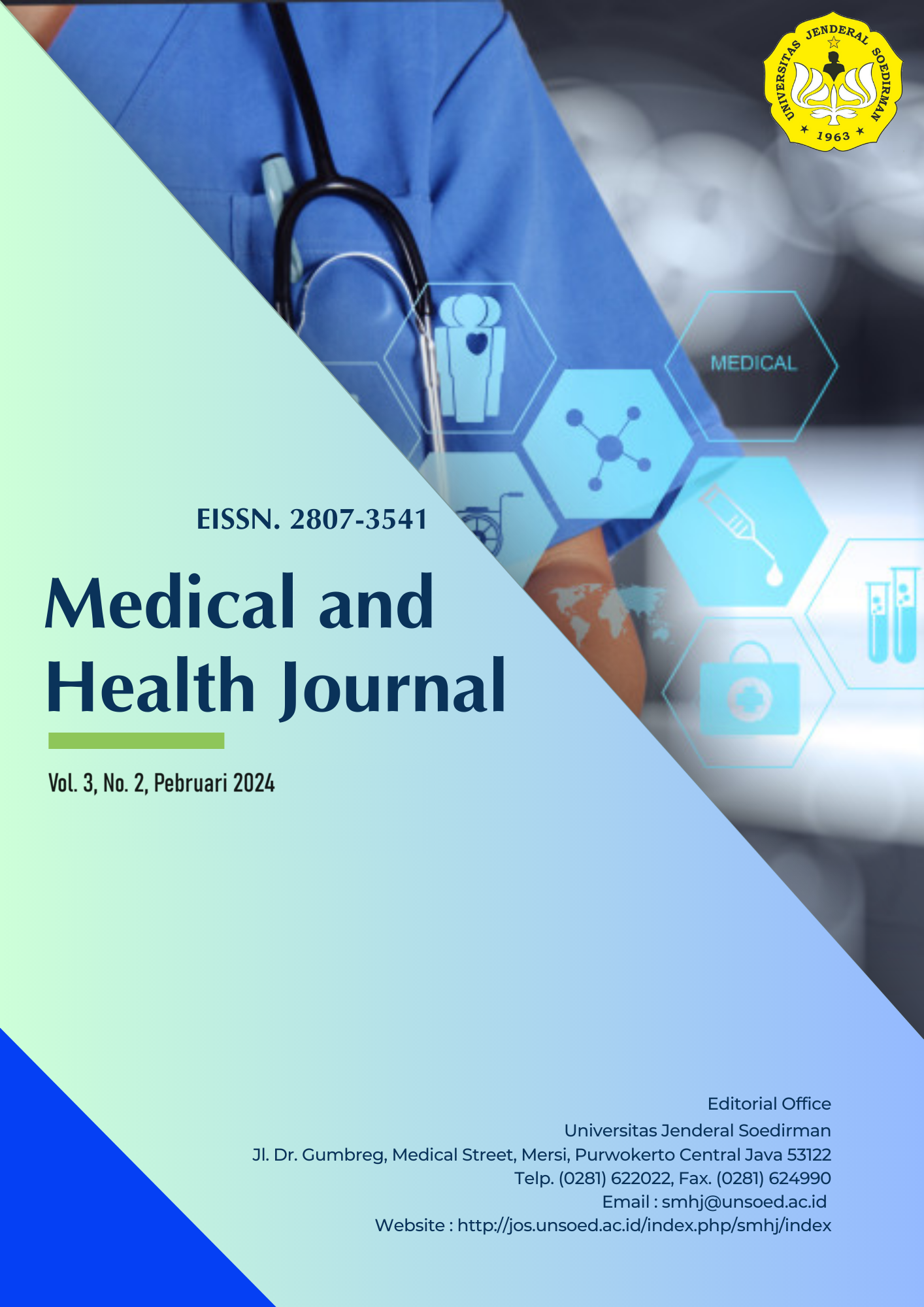ADMINISTRATION OF ANTIBIOTICS IN NEONATORY SEPSIS
Abstract
Neonatal sepsis is still an unsolved problem in newborn baby services and care. In developing countries, almost the majority of newborn baby treated are related to sepsis. The same thing was found in developed countries in babies treated in newborn baby intensive care units. In addition to morbidity. High mortality was also found in BBL sepsis sufferers. Neonatal sepsis is a clinical syndrome of systemic disease accompanied by bacteremia that occurs in the first 28 days of life. Bacterial, viral or fungal invasion into the blood before or after birth can spread to other organs/systems causing meningitis, pneumonia, osteomyelitis and pyelonephritis. Patient treatment usually involves giving a combination of antibiotics which aims to expand the range of pathogenic microorganisms that the patient may be suffering from. It is hoped that the combination of antibiotics will have good sensitivity to both Gram-positive and Gram-negative germs. Depending on the pattern and resistance of germs in each hospital, usually the antibiotics chosen are the ampicillin/ cloxacillin/ vancomycin group and the aminoglycoside/cephalosporin group. The length of treatment depends on the type of germ causing it. In patients with gram-positive bacteria, antibiotics are recommended for 10-14 days, while for patients with gram-negative bacteria, treatment can be continued for 2-3 weeks.






